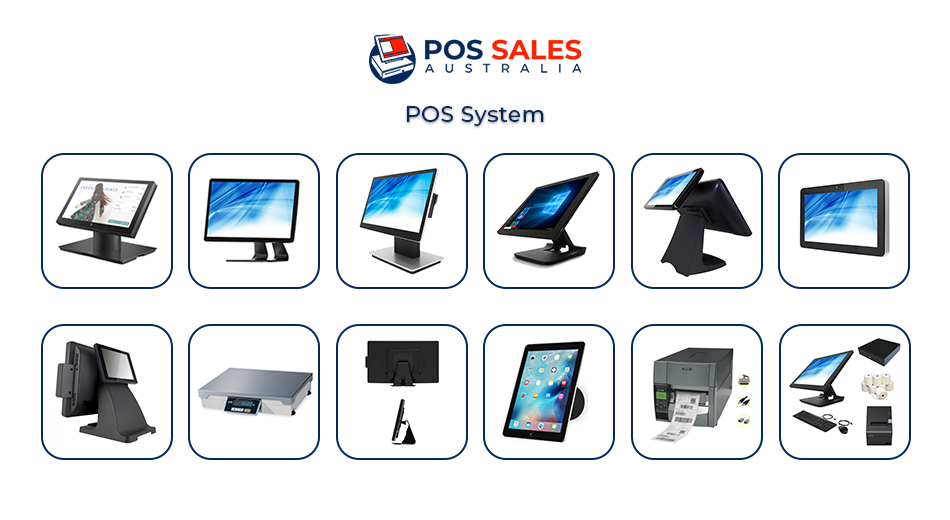Just How POS System Works: A Comprehensive Guide for Entrpreneurs

Recognizing the Components of a POS System

Just How Sales Transactions Are Refined
When a consumer determines to buy, the sales purchase initiates a series of systematic steps within the POS system. Initially, the cashier inputs the things being bought, which are scanned through a barcode visitor or manually entered. This action recovers product details, consisting of prices and appropriate taxes, from the system's database.Next, the customer exists with the total amount due. The POS system after that refines the repayment, whether via cash, bank card, or mobile payment methods (Restaurant POS Software). For electronic settlements, the POS securely interacts with settlement cpus to accredit and verify the transaction.Once the payment is verified, the system produces a receipt, which can be published or sent out digitally. This receipt functions as evidence of purchase for the customer. The deal information is tape-recorded in the system, making certain exact sales records and economic monitoring for the service.
Supply Monitoring and Tracking

Effective supply monitoring and tracking are necessary parts of a POS system, as they assure that companies maintain optimal supply levels and minimize disparities. A durable POS system permits real-time inventory updates, showing returns and sales immediately. This makes it possible for company owner to check stock degrees precisely, making certain that popular items are easily available while stopping overstocking of much less popular products.Additionally, progressed POS systems provide features such as automatic stock informs and reorder recommendations, simplifying the procurement process. Barcoding and RFID innovation boost precision in tracking supply activity, decreasing human mistake. Comprehensive coverage tools give understandings into inventory turnover rates, aiding businesses make educated decisions about buying and item offerings. Eventually, effective stock monitoring with a POS system not only boosts functional efficiency however also boosts consumer contentment by making sure item availability.
Analyzing Consumer Information and Insights
Customer information analysis functions as a powerful tool for organizations using a POS system (Restaurant POS Software). By taking a look at and gathering transaction information, companies can discover important understandings concerning customer behavior and choices. This analysis enables them to recognize acquiring patterns, peak shopping times, and preferred products, therefore educating inventory choices and marketing strategies.Additionally, services can section their client base, permitting for customized advertising and marketing initiatives that deal with specific demographics or buying behaviors. Recognizing client loyalty patterns also helps in establishing targeted promotions and benefits programs.The information amassed from a POS system can likewise reveal understandings right into customer feedback, making it possible for businesses to make enlightened decisions regarding product offerings and solution enhancements. Ultimately, leveraging customer information properly can boost the general buying experience, foster consumer satisfaction, and drive revenue growth
Advantages of Carrying Out a POS System

Regularly Asked Questions
What Kinds of Businesses Can Take Advantage Of a POS System?
Various organizations gain from a POS system, including retail shops, dining establishments, hair salons, and ecommerce platforms. These systems simplify deals, stock management, and customer information, improving functional effectiveness and boosting customer experience across varied sectors.
Exactly how Much Does a POS System Commonly Cost?
The price of a POS system generally ranges from a few hundred to several thousand dollars, relying on features, hardware, and software program. Organizations must consider recurring fees for transaction, maintenance, and assistance processing when budgeting.
Can I Integrate a POS System With Existing Software?
Integrating a POS system with existing software is typically viable. Lots of systems provide APIs or integrated compatibility features, allowing businesses read more to improve procedures and boost functionality by linking different software applications effectively.
What Training Is Needed for Staff to Utilize a POS System?
Training for staff to use a POS system generally includes understanding software application performances, processing transactions, handling supply, and dealing with client communications. Practical demos and hands-on practice sessions improve proficiency and confidence being used the system effectively.
What Occurs if the Internet Decreases While Utilizing a POS System?
Purchases may be disrupted if the net goes down during POS system use. Many systems supply offline abilities, permitting basic procedures to continue, but complete functionality, including real-time inventory updates, will be restricted. A Factor of Sale (POS) system is composed of numerous essential elements that function together to take care of and assist in deals organization procedures. Efficient supply administration and tracking are vital parts of a POS system, as they guarantee that services maintain ideal stock degrees and minimize discrepancies. Customer data evaluation offers as a powerful tool for businesses utilizing a POS system. Recognizing customer loyalty patterns also assists in creating targeted incentives and promotions programs.The information obtained here from a POS system can likewise expose insights right into consumer feedback, allowing services to make enlightened choices pertaining to item offerings and solution renovations. Implementing a POS system uses many benefits that can greatly boost business procedures.